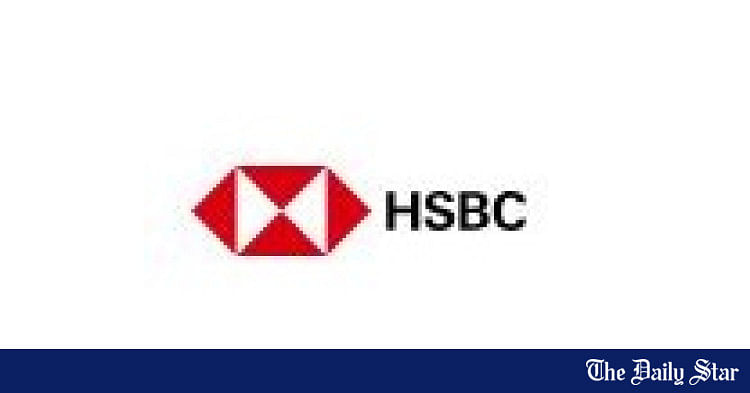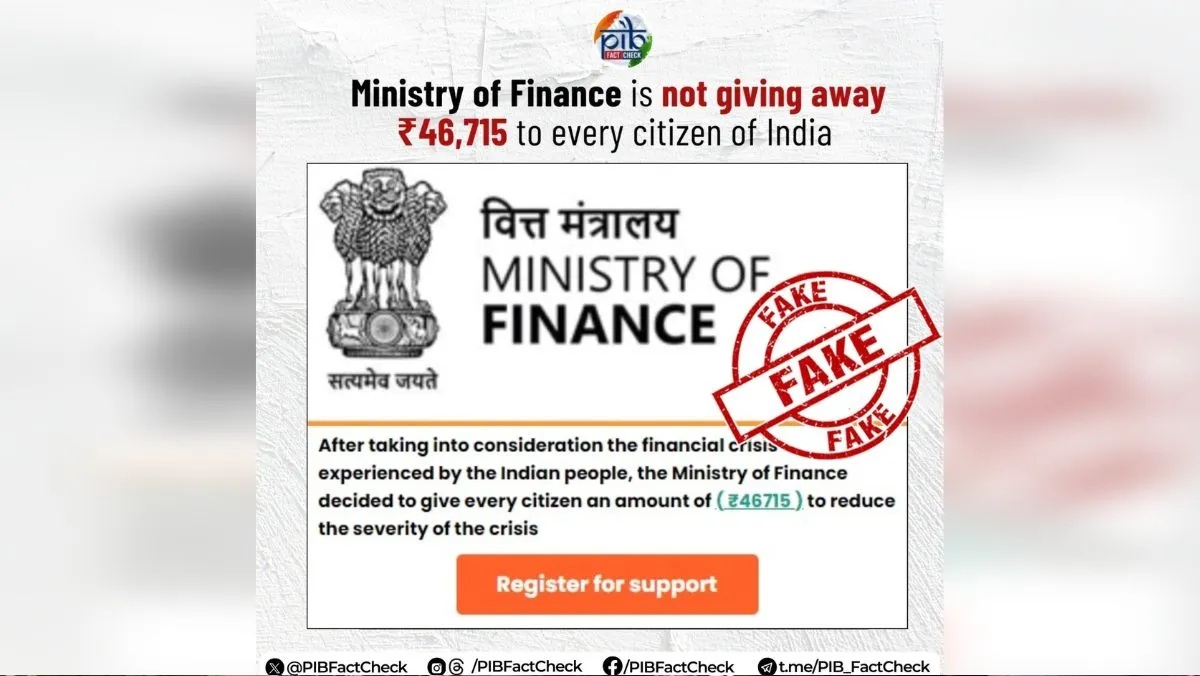US Development Finance Corporation Gets a Major Power Boost: Funding High-Income Nations & National Security

The Trump administration's proposed overhaul of the U.S. International Development Finance Corporation (DFC) is poised to significantly expand its reach and influence. A key element of this plan involves granting the DFC greater flexibility to finance projects in higher-income nations, a departure from its traditional focus on developing countries. This shift comes alongside a proposed quadrupling of the agency's financial capacity and a heightened emphasis on national security considerations.
What's Changing?
Currently, the DFC primarily operates in lower-income nations, providing loans, guarantees, and equity investments to support economic growth and development. The proposed changes would allow the DFC to engage in projects within countries deemed “high-income” by the World Bank, albeit with certain conditions. This broadening of scope is intended to counter the growing influence of China’s development financing initiatives, particularly within Europe and other regions where U.S. presence has waned.
Quadrupling Spending Power: A Game Changer
The most impactful change is the proposed increase in the DFC's financial capacity from approximately $60 billion to $280 billion. This substantial increase would dramatically expand the agency’s ability to fund infrastructure projects, promote private sector investment, and support U.S. strategic interests abroad. With this newfound power, the DFC could become a major player in global development finance, rivaling institutions like the World Bank and the Asian Development Bank.
National Security at the Forefront
The proposed reforms also prioritize national security considerations. The DFC would be given greater authority to deny financing to projects that pose a threat to U.S. interests or that involve entities with ties to adversarial nations. This shift reflects a broader trend of integrating national security concerns into economic policy, particularly in the context of geopolitical competition.
Why the Shift Towards High-Income Countries?
Several factors are driving this policy change. Firstly, China's Belt and Road Initiative has expanded its economic and political influence across the globe, including in countries previously considered beyond its reach. By engaging in high-income nations, the DFC aims to provide an alternative source of financing and counter China's growing dominance. Secondly, many high-income countries face significant infrastructure gaps and development challenges, even as they possess strong economies. The DFC can play a role in addressing these needs while promoting U.S. values and interests.
Potential Benefits and Challenges
The expanded DFC offers several potential benefits. It could boost U.S. competitiveness in global markets, create jobs for American businesses, and strengthen strategic partnerships abroad. However, it also faces challenges. Critics argue that financing projects in high-income countries could divert resources from lower-income nations that are in greater need. Concerns have also been raised about the potential for political interference and the risk of funding projects that do not align with sustainable development goals. Careful oversight and transparent decision-making will be crucial to ensuring the DFC's success.
The future of the DFC remains uncertain, as the proposed reforms are subject to congressional approval. However, the Trump administration’s vision for a more powerful and strategically focused development finance institution signals a significant shift in U.S. foreign policy and its approach to global development.






